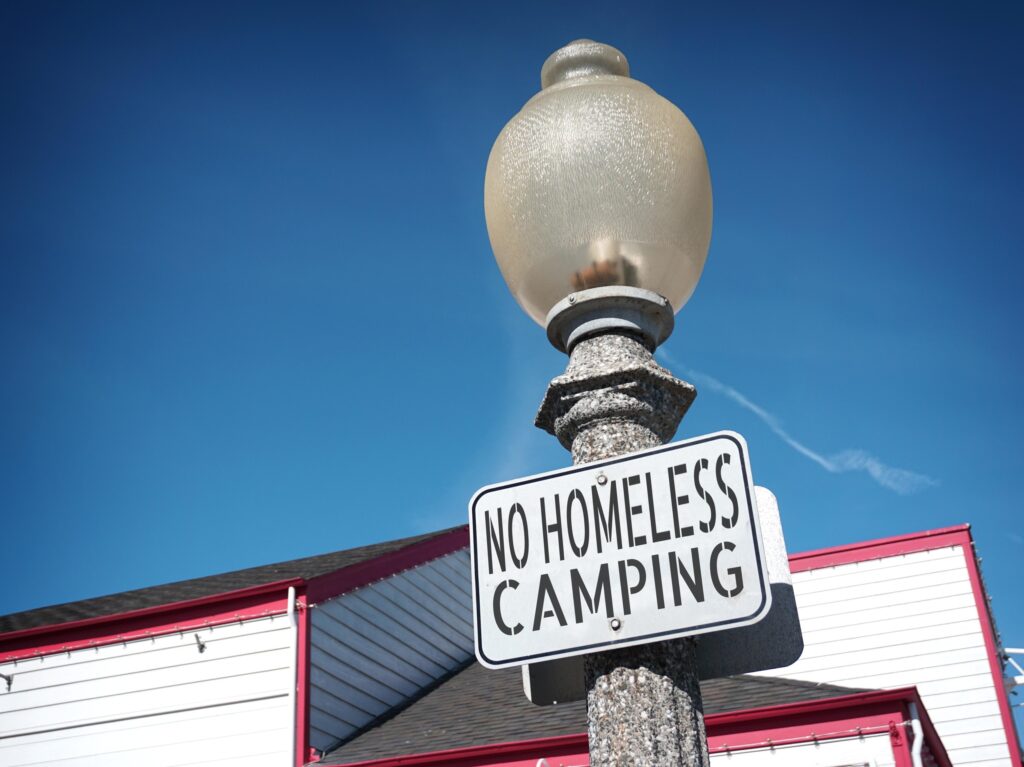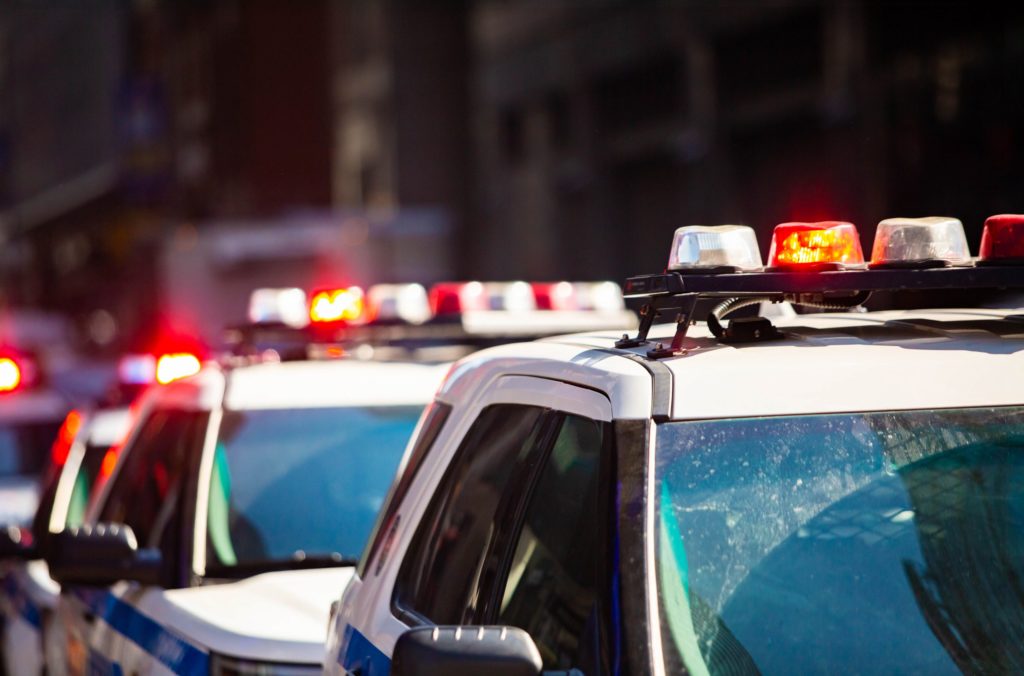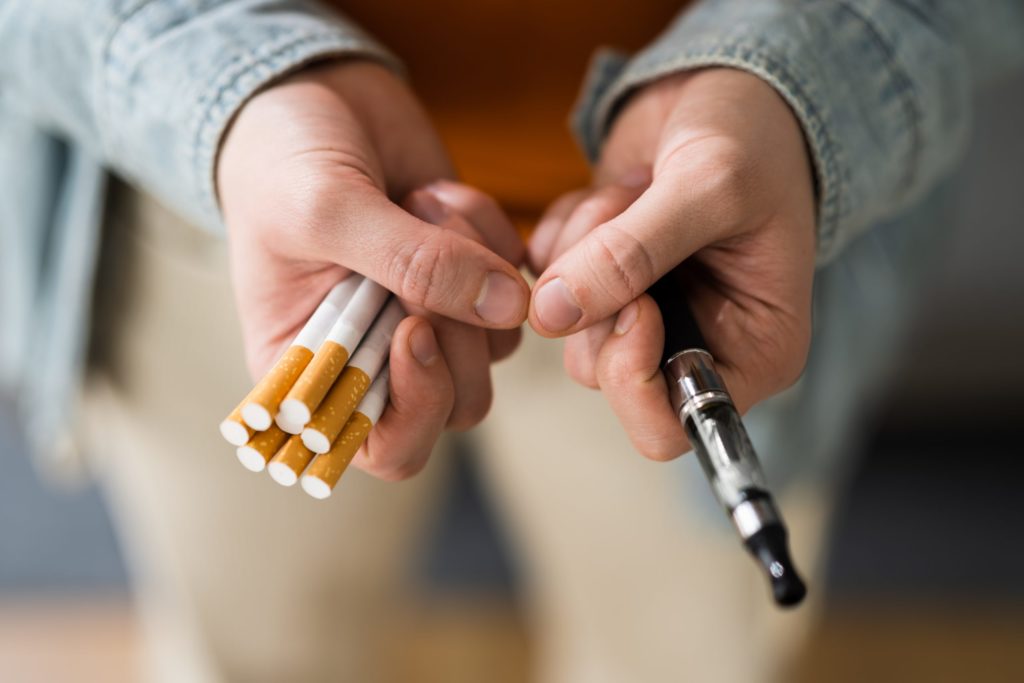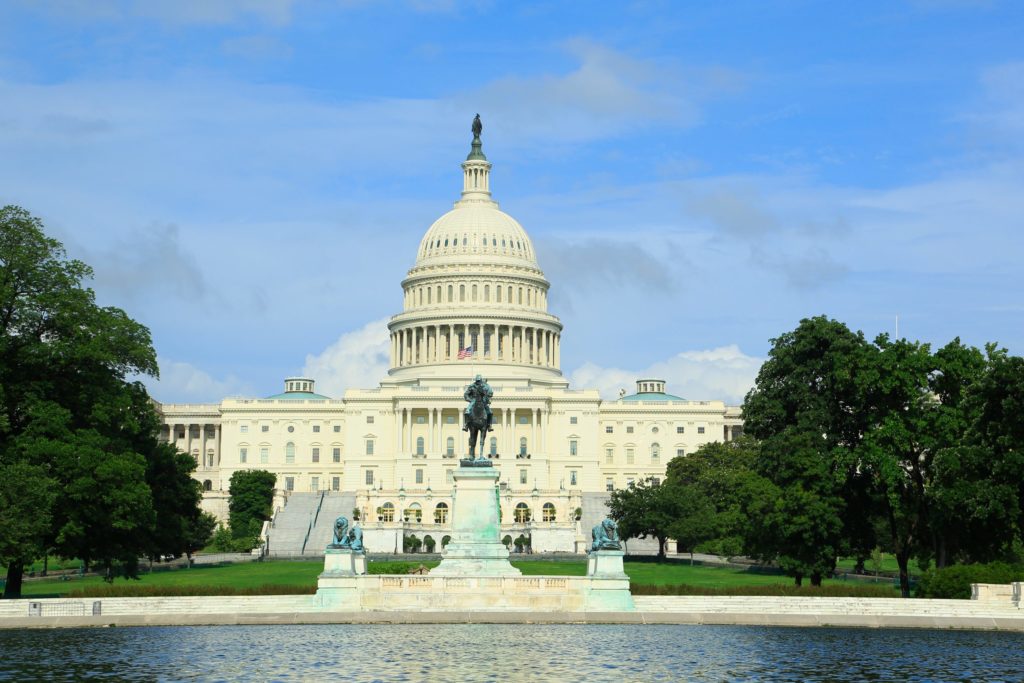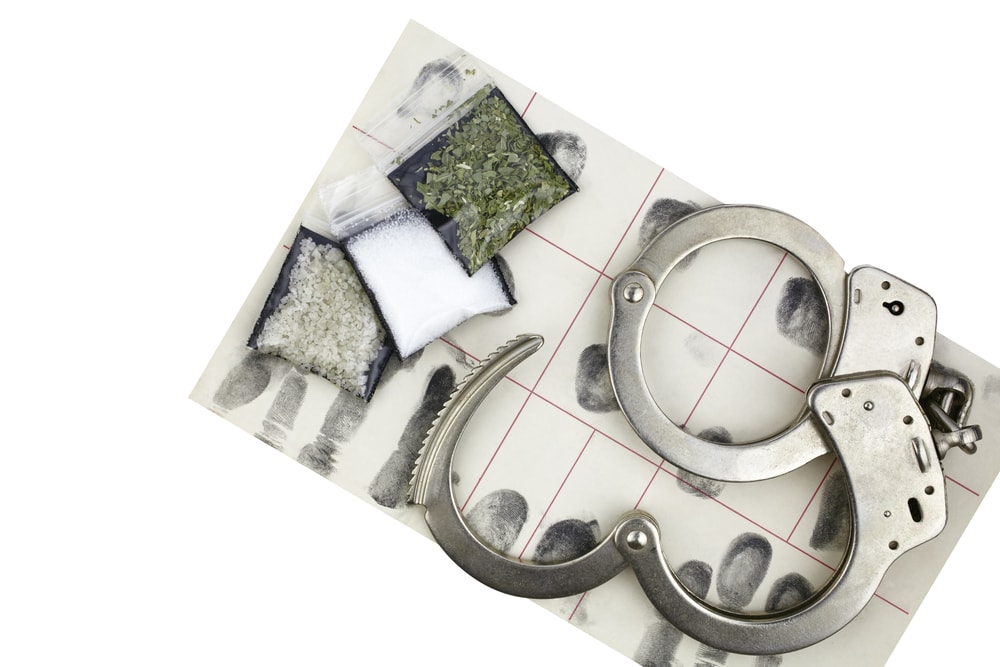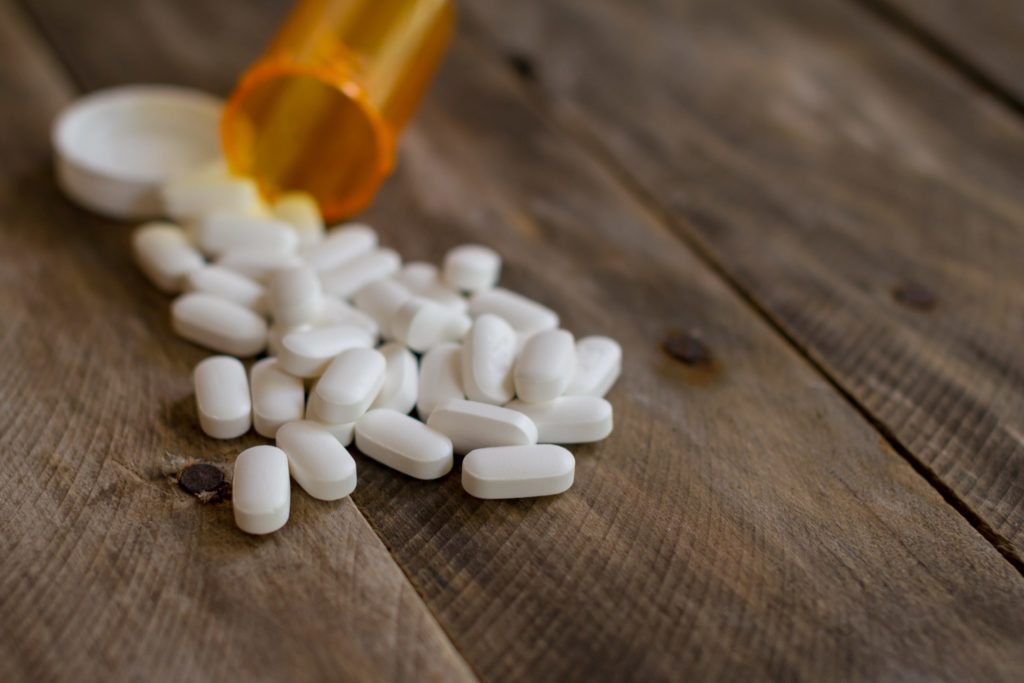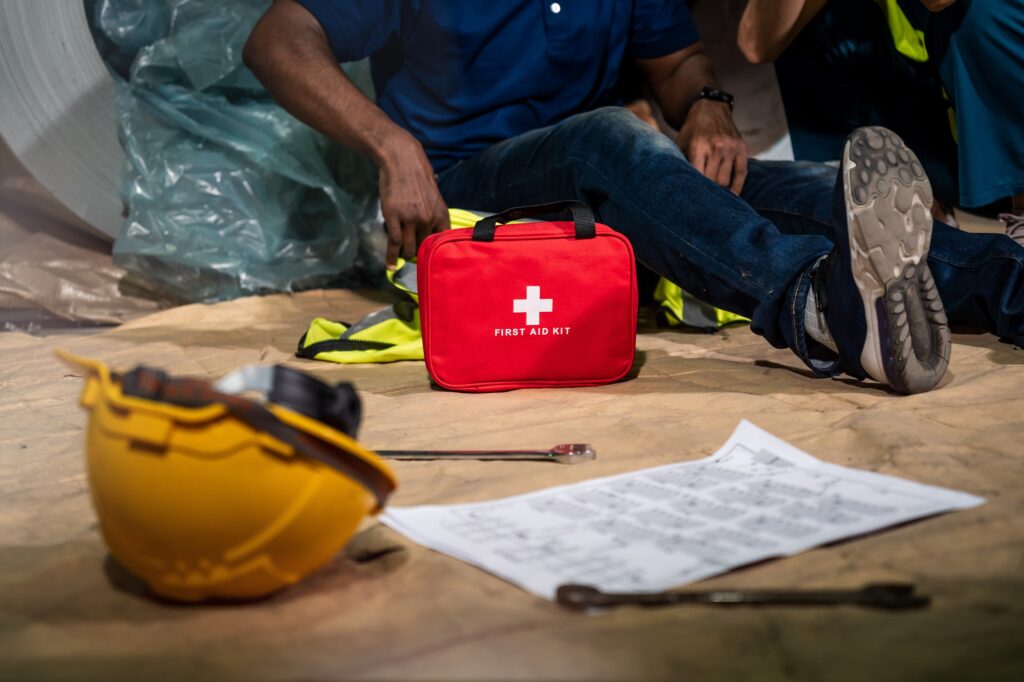Make naloxone available over the counter
The Food and Drug Administration aims to conduct priority reviews of at least two product applications for granting over-the-counter status to intranasal formulations of naloxone, an overdose-reversal drug.
Naloxone prevents overdose deaths by binding to opioid receptors in the brain and blocking entry to competing opioids, or pushing them aside. The drug is sold in three versions: vials of injectable naloxone, auto-injectors (similar to EPIPENs) and as an intranasal spray.
In response to the announcements, harm reductionists — including some of the staunchest proponents of this regulatory shift — are raising concerns that the effort won’t be enough to improve access for the people most vulnerable to overdose. It’s true that granting OTC status to intranasal naloxone is, on its own, an inadequate solution to the dearth of this life-saving medication in communities across the country. But it is still worth fighting for, and it can be an important and incremental step toward curbing overdose deaths.
Critics worry that shifting nasal spray formulations to OTC status will endanger insurance coverage, since insurance generally doesn’t cover OTC products. At approximately $140 for a two-pack, this shift could significantly increase out-of-pocket costs to consumers. Many harm reductionists also note that while people who use drugs are the ones most likely to witness and reverse an overdose, nasal sprays represent only a small proportion of the naloxone distributed to these individuals. Thus, some on-the-ground experts argue that increasing access to this product will do little to expand access for those who need it most.
I beg to differ.
Last year, more than 80,000 people in the United States died of opioid overdoses. Naloxone prevented thousands of additional deaths, and possibly tens of thousands. Its excellent safety profile, lack of potential for abuse and near-100% effectiveness has led every state to pass some type of legislation that improves access to naloxone while still keeping it behind the pharmacy counter. These laws vary widely from state to state, but typically eliminate the need for a prescription or expand who is permitted to prescribe the medication. Nonetheless, naloxone is not widespread enough among those who need it most, including people who use drugs and their family members and friends.
Concerns about keeping naloxone affordable are vital, as people living below the poverty line are at increased risk for opioid overdoses and are more likely to die from such overdoses compared to their wealthier counterparts. But OTC status does not inherently preclude opportunities to help keep naloxone affordable. In the long term, research suggests that competition among products — several brand-name and generic nasal sprays are already on the market — may lead to moderate price reductions, although the shift may still increase out-of-pocket costs to consumers if they lose access through insurance.
To mitigate unintended consequences of making intranasal naloxone an over-the-counter product, the federal government could look to emergency orders implemented for another familiar public health crisis: temporary provisions have made Covid-19 tests widely available through insurance reimbursement. Such an approach could do the same for naloxone, at least until overdose rates fall.
Cost isn’t the only barrier to naloxone access. A number of social factors also prevent those who need it most from having the drug reliably on hand. For many people, especially individuals living in rural communities, the scarcity of and geographic distance to community health and harm reduction programs make private, bureaucracy- and paperwork-free access to naloxone in pharmacies an essential option.
When naloxone is behind the pharmacy counter, people seeking it must still interact with pharmacists, and many report experiencing stigma during these interactions. In some states, individuals who want to buy naloxone must provide information about their identity (such as name and address), show a form of identification, or fill out paperwork to receive it. In some studies, individuals report encountering pharmacists who lack sufficient knowledge of naloxone access laws and therefore refuse to dispense the medication.
FDA approval of naloxone as a non-prescription drug would address these challenges. OTC status, even if limited to naloxone’s intranasal formulations, means consumers will see this life-saving medication on their pharmacies’ shelves, like aspirin and toothpaste. Over time, this increased visibility can help normalize the medication and reduce the social stigma people may experience when purchasing naloxone, whether from a pharmacist or at a grocery store check-out counter.
OTC status would also reduce concerns about privacy violations, as consumers purchasing naloxone would no longer need to provide identification or personal details, and may even have the option of using self check-out systems instead of facing a cashier.
When coupled with a sensible approach to controlling the cost of naloxone, granting it over-the-counter status would drastically reduce the threshold for pharmacy-based access to the medication. Friends and family members of people at risk of overdose, as well as individuals living in insular communities and in states where harm reduction programs remain illegal or geographically distant, would suddenly find the medication at their fingertips. And that increased access is one step on the road to effectively beating back the opioid overdose crisis.
